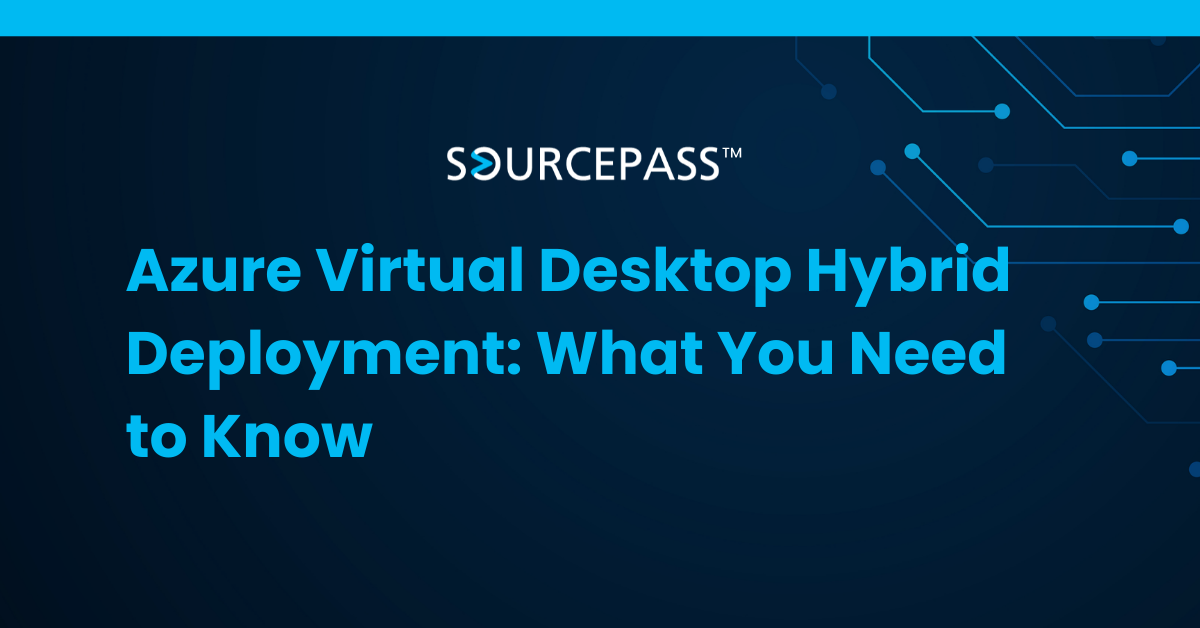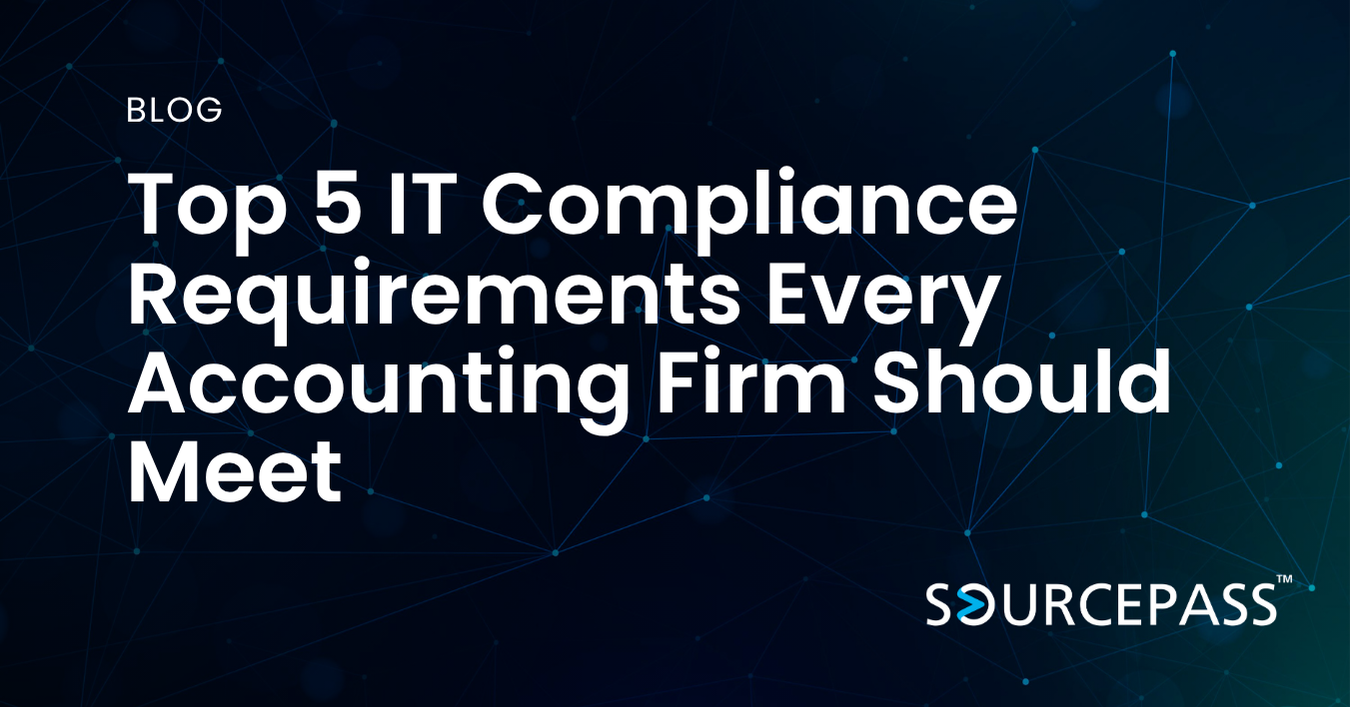Azure Virtual Desktop Hybrid Deployment: What You Need to Know
Nov 24, 2025 Alex Davis Microsoft Azure 3 min read



Microsoft has announced the public preview of Azure Virtual Desktop (AVD) hybrid deployment, giving organizations the ability to run AVD sessions on-premises while still using the Azure control plane. This update allows businesses with legacy applications, compliance needs, or specific location requirements to offer secure, modern remote access without fully moving workloads to the cloud.
The announcement marks a meaningful shift for organizations that have been constrained by older technologies such as traditional Remote Desktop Protocol (RDP) servers, VPN-dependent access, or aging VDI environments. With hybrid deployment, AVD now supports a broader range of use cases and infrastructure models while strengthening security and operational control.
What Azure Virtual Desktop Hybrid Deployment Enables
Microsoft’s public preview introduces the option to host AVD session hosts on-premises using existing infrastructure. These new capabilities allow organizations to deliver virtual desktops and applications from:
-
Hyper-V
-
Nutanix
-
VMware
-
Physical servers connected through Azure Arc
This gives IT leaders the flexibility to support cloud, on-premises, and hybrid workloads through a single unified platform. Organizations that rely on line-of-business applications or systems that cannot be hosted in Azure can now take advantage of modern remote access without rearchitecting their environment.
Key Use Cases for Hybrid AVD
-
Running legacy or latency-sensitive applications near users or hardware
-
Supporting facilities that cannot move workloads to the public cloud
-
Reducing reliance on traditional VPNs and exposed remote access methods
-
Centralizing authentication and access while keeping compute local
Microsoft’s announcement highlights that hybrid deployment is not a replacement for cloud-hosted AVD, but an extension that offers flexibility for organizations in varying stages of cloud adoption.
Security Advantages of Hybrid Azure Virtual Desktop
Legacy remote access systems often depend on open firewall ports, exposed RDP services, or VPN tunnels that can introduce unnecessary risk. These methods are frequent targets for brute force attacks and zero-day exploits.
Hybrid AVD replaces these outdated approaches with a more secure model:
No Exposed RDP Ports
All traffic uses outbound connections, eliminating the open inbound ports that attackers often scan for and exploit.
Modern Authentication
AVD uses Microsoft Entra ID for authentication, enabling Conditional Access, MFA, risk-based policies, and identity governance.
Centralized Access Controls
Administrators can enforce consistent access controls across cloud and on-premises deployments, reducing identity fragmentation and policy misalignment.
Reduced Attack Surface
By moving away from older Remote Desktop Gateway configurations and unmanaged VPN entry points, organizations significantly reduce their exposure.
This hybrid approach gives businesses the security benefits of a cloud-based access layer while allowing workloads to remain local when required.
Deployment Considerations and Early Limitations
Because hybrid AVD is currently in public preview, there are some limitations and requirements to keep in mind.
Public Preview Registration
Organizations must register for the preview before deploying hybrid AVD.
RDS Server Support
Early versions of the preview support specific configurations, including Remote Desktop Session (RDS) hosts. Additional workload support will expand as Microsoft continues development.
Infrastructure Requirements
On-premises environments must be connected to Azure Arc, and session hosts need to meet the technical prerequisites outlined by Microsoft.
Comparison to Previous Solutions
Hybrid AVD offers several advantages over Microsoft’s earlier options:
| Legacy Solution | Limitation | Hybrid AVD Advantage |
|---|---|---|
| Traditional RDP | Exposed ports, weak authentication | No open ports, Entra integration |
| Remote Desktop Gateway | Complex to maintain and secure | Simplified access architecture |
| Azure Local / Azure Stack | Limited remote app delivery models | Full AVD experience delivered locally |
While the preview has evolving support, it represents a major enhancement for environments that have been waiting for modernized on-premises virtual desktop capabilities.
Why Hybrid AVD Matters for Organizations Today
Hybrid deployment allows businesses to modernize remote access without forcing an immediate cloud migration. For teams that rely on legacy apps or operate in highly regulated industries, it provides a clear path toward a more secure, manageable, and scalable VDI experience.
Organizations gain:
-
Consistent user experience across cloud and local workloads
-
More secure remote access without relying on VPNs
-
Better alignment with zero-trust identity standards
-
Increased flexibility in modernization roadmaps
The public preview signals Microsoft's long-term commitment to bringing cloud-managed virtual desktop capabilities to diverse environments.
Frequently Asked Questions
What is Azure Virtual Desktop hybrid deployment?
It is a new deployment model that allows AVD session hosts to run on-premises while using Azure for management, identity, and access control.
Do I need to move workloads to Azure to use hybrid AVD?
No. Workloads can remain fully on-premises while still benefiting from AVD’s cloud-based management and authentication.
Is hybrid AVD more secure than traditional RDP?
Yes. It removes exposed ports and uses Microsoft Entra ID for authentication, significantly reducing the attack surface.
Can hybrid AVD support legacy applications?
Yes. It is designed to support systems that are not ready for cloud migration or require local proximity.
Is the hybrid deployment feature generally available?
Not yet. It is currently in public preview, and organizations must register to participate.
What infrastructure do I need to use hybrid AVD?
You need compatible on-premises servers (Hyper-V, Nutanix, VMware, or physical) and Azure Arc-enabled servers connected to your Azure environment.
Subscribe To
Sourcepass Insights
Sourcepass Insights
Stay in the loop and never miss out on the latest updates by subscribing to our newsletter today!
.png?width=500&height=100&name=White%20Logo%20-%20Transparent%20Tag%20(3).png)



